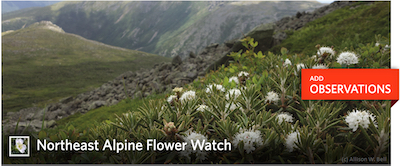May 2019 Photo-observation of the Month
Congratulations to Charlotte Bill for winning the May 2019 Vermont Atlas of Life iNaturalist photo-observation of the month. With over 11,500 photo-observations submitted by over 700 observers in May, it was competitive! Charlotte wrote that "...it had just captured a small morsel and was in the process of trying to gulp it down. I think it was in the gulping process that the tongue came out!" Charlotte isn't just adding her observations to the Vermont Atlas of Life on iNaturalist, she's also been busy helping to identify and confirm other observers' contributions too. She has over 37,500 identifications and counting!
American Bittern breed in cattail and sedge wetlands where they are more often heard than seen. They have a habit of freezing in place with their neck stretched skyward and the brown striations camouflaging them among the vegetation. Their call is said to sound like an old "pump-handle" echoing across the wetland. Bitterns were found in 70% more survey blocks during the Second Vermont Breeding Bird Atlas compared to the first, prompting it to be removed from a Species of Special Concern list in 2010.
Visit the Vermont Atlas of Life on iNaturalist where you can vote for the winner this month by clicking the ‘fav’ star on your favorite photo-observation. Make sure you get outdoors and record the biodiversity around you, then submit your discoveries and you could be a winner!







